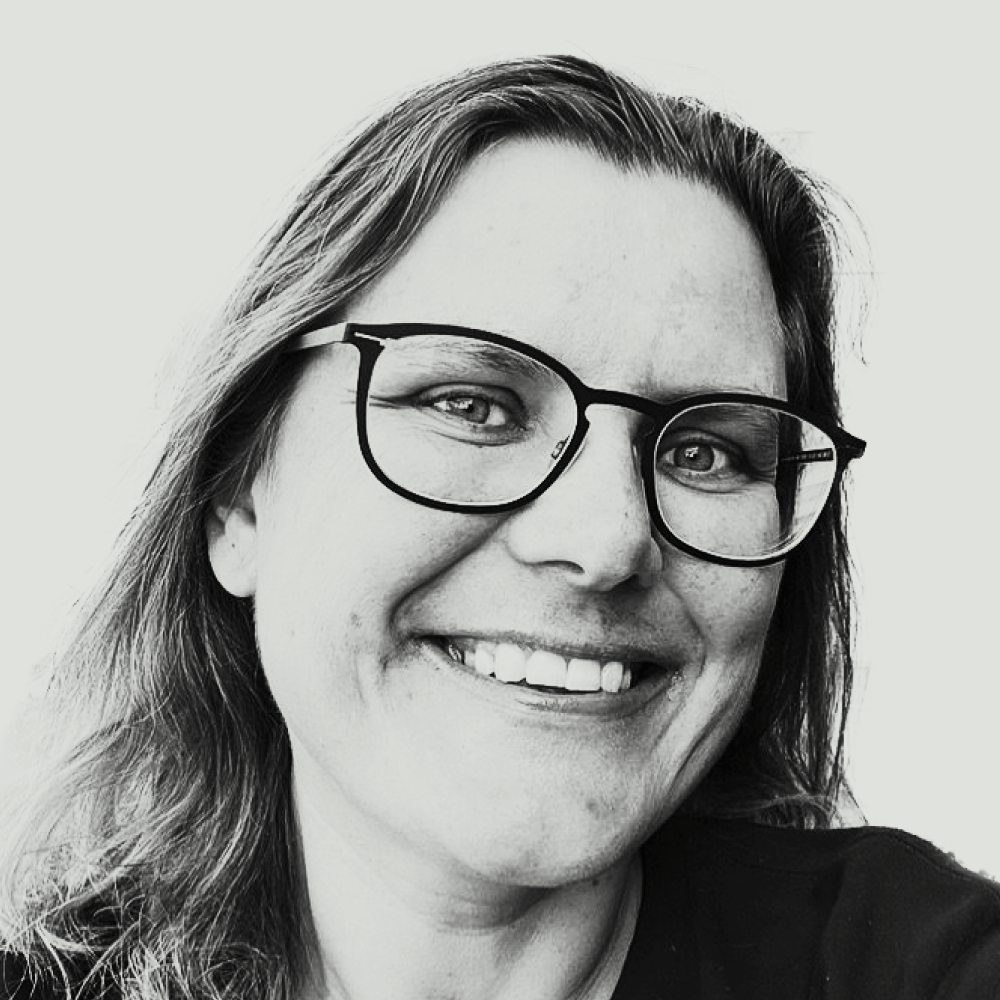For every stage of the 2023 Tour de France – men’s and women’s – José Been is bringing you stories about the history, castles, geology, culture, food, and people around the race. A bit of couleur locale while you enjoy lush fields of sunflowers, beautiful mountains, and pretty little villages, oh, and the bike race too.
One more mountain stage to go. You might remember a climb like the Col du Platzerwasel from last year’s Tour de France Femmes. Le Markstein, today’s finish town, is the same place stage 7 of the women’s race finished last year. On the Col du Platzerwasel, 60 kilometers from the finish, Annemiek van Vleuten launched her attack and eventually put over three minutes into the competition. The run-up to Le Markstein for the men’s finale is different with Col du Platzerwasel coming at the end.
These names have a distinct German sound to then, as does the Col de la Schlucht that comes at 54 kilometers from the line. It’s because this part of France wasn’t always French. For extended periods of time, it was part of the Holy Roman Empire which was more than just present-day Germany.
At its height in the 12th and 13th centuries, this empire consisted of big parts of present-day Germany, Austria, Switzerland, the Netherlands, Belgium, Luxembourg, the Czech Republic, and parts of Italy and Poland. And some of France, albeit a small part.
For the Alsace, the region we are racing in, the most recent periods of German occupation were between 1870 and 1918 and between 1940 and 1945. In 1870 France suffered a major defeat in a war with Germany. As a result, Alsace and northeastern Lorraine were annexed to Germany at the Treaty of Frankfurt in 1871. This so-called ‘Reichsland Elsaß-Lothringen’ was governed from Berlin.
Many inhabitants didn’t agree with being part of the German empire but the successful recovery of the economy and the social legislation of the German Chancellor Bismarck improved the German image considerably over the years. However, in the years before the First World War, tensions between France and Germany rose again, and the mood in Alsace became anti-German once more.
In August 1914, at the start of World War One, the German attack on France began. The French occupied all the passes in the Vosges, while the Germans took the Alsace. The front lay straight through the Vosges. A very bloody battle was fought for four years which lasted until the armistice of November 11, 1918.
At the Peace of Versailles, it was decided that the Alsace with Lorraine would become French territory again. In 1940 the Alsace was again occupied by the Germans, and Alsatians were forced to serve in the German army. Moreover, the Germans had the plan to Germanize the Alsace definitively. In January 1945, the Germans were driven back to the Rhine and on February 2, 1945, the French and Americans entered Colmar. Alsace became part of France again and has been ever since.
Nowadays the once-active moment to become an independent country is quiet. The local language, Allemanisch, is hardly spoken anymore and prominent buildings of the European Union are in Strasbourg. But the place names, or many of them, still speak of a once-German past.
Did we do a good job with this story?

